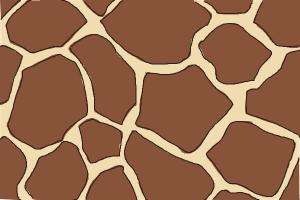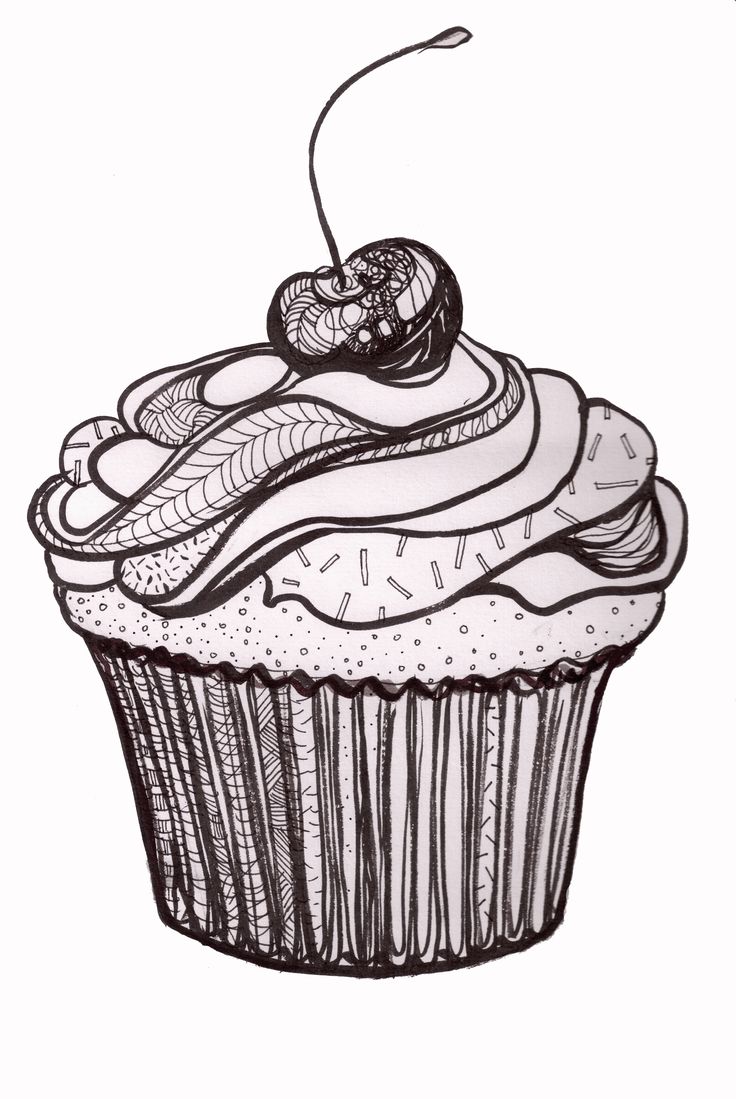Organic chemistry 101 drawing the structures
Table of Contents
Table of Contents
Are you struggling with drawing structures of compounds in organic chemistry? Don’t worry, you’re not alone. Many students find this to be a difficult task, but with the right guidance, it can become much easier. In this post, we’ll cover the basics of how to draw structures of compounds, and provide you with some tips and tricks to make the process less daunting.
When it comes to drawing structures of compounds, there are several pain points that students commonly face. One of the biggest challenges is understanding the different types of bonds and how they interact with each other. Another common issue is knowing which atoms to include in the structure, and where to place them. Finally, many students struggle with visualizing the three-dimensional structure of the compound, which is crucial for understanding its properties and reactivity.
The first step in drawing the structure of a compound is to determine its molecular formula, which will tell you how many atoms of each element are present. From there, you can start to build the structure using Lewis symbols to represent each atom, and bonds to represent the shared electrons between atoms. It’s important to remember that each atom in the structure should obey the octet rule, meaning it should have eight electrons in its valence shell.
To make the process easier, you can use a step-by-step method that involves breaking down the molecule into smaller fragments, and building up the structure from there. For example, you can start by drawing the basic skeleton of the molecule using single bonds, and then adding in the remaining atoms and bonds one by one. To help you visualize the three-dimensional structure of the molecule, you can use wedges and dashes to indicate which bonds are coming towards you and which are going away.
Personal Experience
When I was first learning how to draw structures of compounds, I found it very challenging to keep track of all the different atoms and bonds. However, once I started using a step-by-step approach, it became much easier to build the structure one piece at a time. I also found it helpful to practice drawing structures of common functional groups, such as alcohols and ketones, to become more familiar with their structures and properties.
Tips and Tricks
If you’re struggling with drawing structures of compounds, here are some additional tips and tricks to keep in mind:
- Use a pencil and eraser so that you can make changes easily as you go.
- Start with the simplest molecules first, and work your way up to more complex structures.
- Practice, practice, practice! The more you draw structures of compounds, the easier it will become.
- Use models or computer software to help you visualize the three-dimensional structure of the molecule.
- When in doubt, check your work against a reference book or ask your professor for help.
Bonds and Atom Placement
One of the most important aspects of drawing structures of compounds is understanding the different types of bonds and how they interact with each other. There are several types of bonds that can occur between atoms, including covalent (shared), ionic (opposite charges attract), and hydrogen (attraction between polar molecules). When drawing the structure, it’s important to include all of the atoms that are present in the molecular formula, and to place them in the correct positions on the paper.
Three-dimensional Structure
Visualizing the three-dimensional structure of a molecule is essential for understanding its properties and reactivity. There are several techniques that can be used to help you visualize the molecule in three dimensions, such as using wedges and dashes to indicate which bonds are coming towards you and which are going away. You can also use computer software or models to help you build and visualize the molecule.
Personal Experience
One technique that I found very helpful for visualizing the three-dimensional structure of a molecule was to build a model using a molecular modeling kit. This allowed me to see the molecule from all angles and better understand its shape and orientation in space. I also found it helpful to rotate the model and view it from different angles to get a better sense of its three-dimensional structure.
Question and Answer
Q: How do I know which atoms to include in the structure?
A: You should include all of the atoms that are present in the molecular formula. This will give you the correct number and types of atoms to work with when building the structure.
Q: What is the octet rule?
A: The octet rule states that each atom in a molecule should have eight electrons in its valence shell in order to be stable.
Q: What are some common functional groups in organic chemistry?
A: Some common functional groups in organic chemistry include alcohols, aldehydes, ketones, carboxylic acids, amines, and amides.
Q: How can I check my work when drawing the structure of a compound?
A: You can check your work against a reference book or ask your professor for help. You can also use computer software or online resources to check your work and visualize the molecule in three dimensions.
Conclusion of how to draw structures of compounds
Drawing structures of compounds in organic chemistry can be a challenging task, but with the right guidance and practice, it can become much easier. By following a step-by-step approach, using simple techniques to visualize the three-dimensional structure, and practicing regularly, you can build your skills and confidence in drawing structures of compounds.
Gallery
Solved Draw The Structures Of Compounds A To D: | Chegg.com
Photo Credit by: bing.com / draw compounds structures problem transcribed text show
Organic Chemistry 101: Drawing The Structures

Photo Credit by: bing.com / skeletal structures compounds condensed
Draw The Structures Of Organic Compounds A And B. Omit All Of The

Photo Credit by: bing.com / compounds omit byproducts homeworklib compoun
Infografik - Zeichnen Sie Eine Lewis-Punkt-Struktur. Becherglas Babe

Photo Credit by: bing.com / structures molecular compounds beaker covalent learning atom middlebury electron struktur valence electrons chem bonding ionic resonance verbindingen chemische kidsworksheetfun chemie
Solved: Draw The Structures Of Organic Compounds A And B. | Chegg.com

Photo Credit by: bing.com / structures compounds organic draw byproducts omit transcribed text






